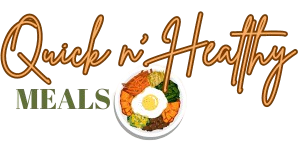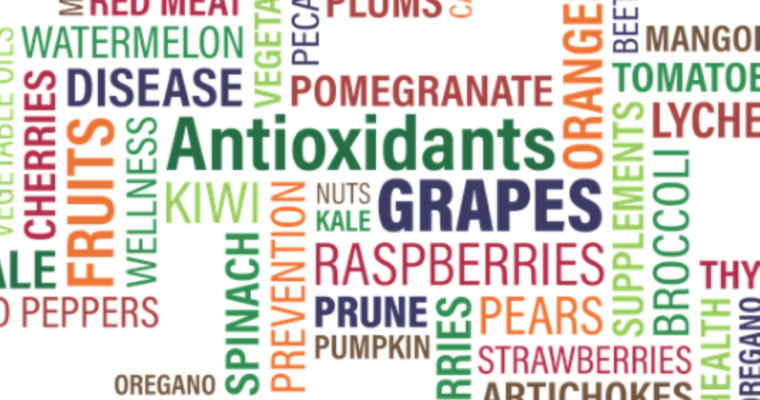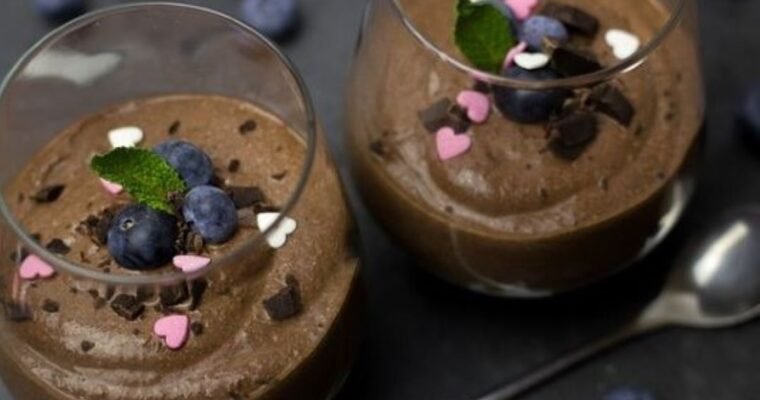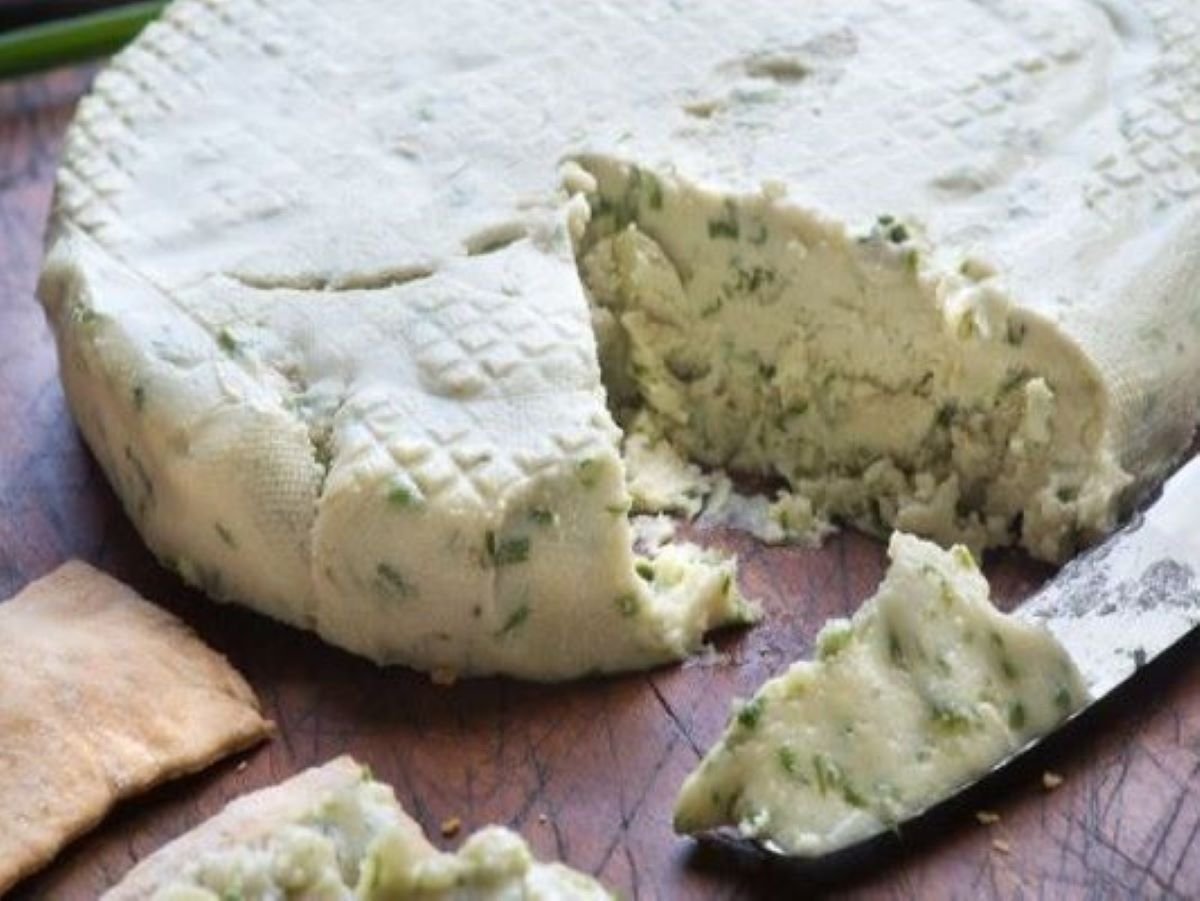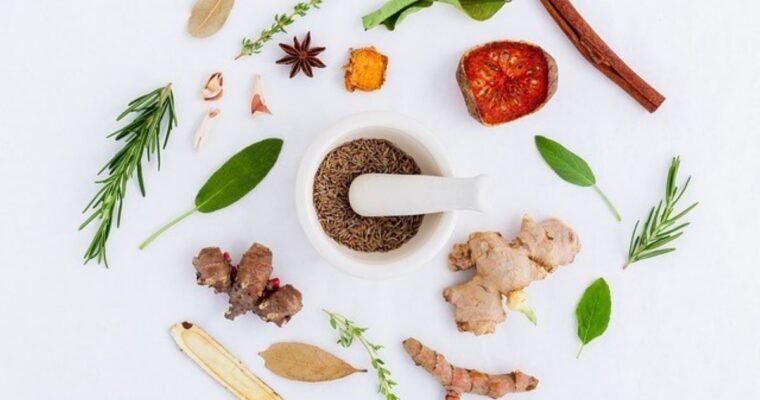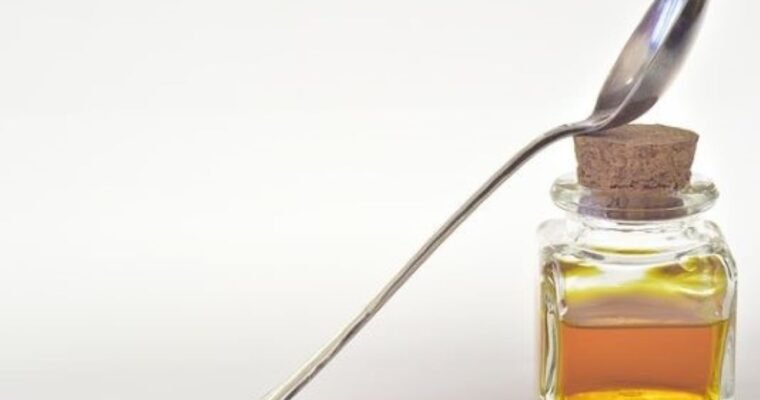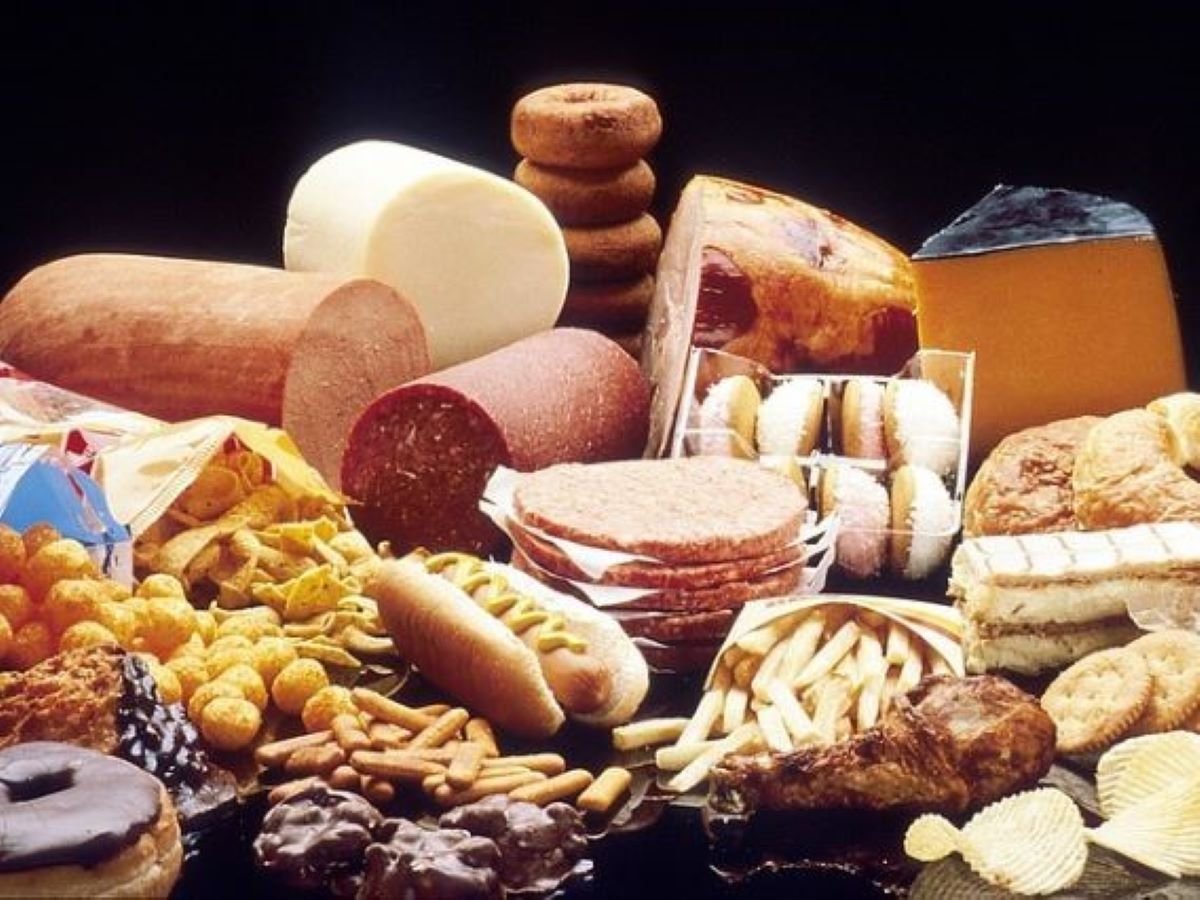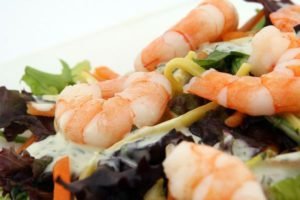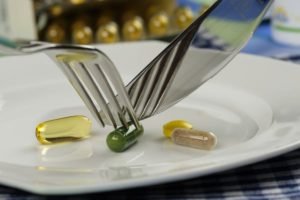I’m on Quora a lot because I find it to be a great platform to learn about all manner of subjects and hear from people all over the world. I get a lot of questions on my feed about lactose intolerance and lactose-free alternatives for milk and cheese. To this end, I decided to write a post about some of my favorite lactose-free cheese alternatives. You can read my article on non-dairy milk alternatives that you can use as lactose-free substitutes for dairy milk.
Yes, it is entirely possible to find and enjoy lactose-free cheese and cheese substitutes that are just as delicious as lactose-containing cheese. Read along to discover some of my favorite lactose-free cheese and cheese substitutes.
What Is Lactose Intolerance?
Before we get into lactose-free cheese and cheese alternatives, we need to learn about lactose intolerance or lactose sensitivity. Lactose intolerance is essentially the inability to digest the sugars found in milk known as lactose.
As children, we naturally produce the enzyme lactase which is used to break down lactose into smaller molecules that our bodies can use. However, many of us, especially ethnic minorities, stop producing lactase at the age of 5-7 and thereby lose the ability to properly digest milk and other dairy products made with milk including soft cheeses, ice cream, yogurt, and butter.
According to the National Institute of Child Health and Human Development (NICHD), there are three main types of lactose intolerance:
- Primary Lactose Intolerance – Individuals who were previously able to digest lactose begin to experience abdominal or digestive discomfort with no underlying or previous history of intestinal disease. This is the most common form of lactase deficiency.
- Secondary Lactose Intolerance – caused by a gastrointestinal disease like gastroenteritis
- Congenital Lactose Intolerance – a very rare condition wherein an individual was born without the ability to produce lactase
The symptoms of lactose intolerance vary depending on the amount of lactase an individual possess as well as how much lactose is consumed. Some of these symptoms include flatulence, diarrhea, abdominal pain, and bloating.
According to NICHD data, there are about 30 to 50 million American adults who are lactose intolerant with primary lactose intolerance occurring as a genetic component among specific populations:
- 95% of Asians
- 60% to 80% of African Americans and Ashkenazi Jews
- 80% to 100% of Native Americans
- 50% to 80% of Latinx
Lactose intolerance is least common among people of northern Europe descent who have a lactose intolerance prevalence of 2% to 5% of the population.
Now that we have an understanding of lactose intolerance, let’s get to the part about lactose-free cheese! Keep in mind that most hard cheeses have little to no lactose so I’ll be focusing on soft cheeses and other substitutes that are either lactose-free or dairy-free.
Green Valley Creamery
 I had to start the list of lactose-free cheeses with the only one to contain actual milk. Green Valley Creamery has a line of lactose-free dairy products that anyone who is lactose-intolerant can enjoy including:
I had to start the list of lactose-free cheeses with the only one to contain actual milk. Green Valley Creamery has a line of lactose-free dairy products that anyone who is lactose-intolerant can enjoy including:
- Cream Cheese
- Cottage Cheese
- Butter
- Sour Cream
- Yogurt
- Kefir
Here are the ingredients used to make their lactose-free cream cheese:
Organic Pasteurized Cultured Cream (Milk), Lactase Enzyme, Sea Salt, and Live and Active Cultures.
As you can see, Green Valley Creamery products are made using organic cow’s milk with lactase enzymes added to help consumers with lactose intolerance digest their products.
I am here to testify that Green Valley Creamery dairy products taste as good as, if not better than, the same products made with regular milk. Their cream cheese is absolutely divine and I use exclusively it to make my keto cheesecakes. Next up, vegan lactose-free cheese substitutes.
Miyokos Vegan Cheese Wheel
 I first discovered Miyokos vegan cheese upon the recommendation of a store clerk at my local food coop. This was during my vegan phase when I was missing cheese, specifically flavored cream cheese, and cheese spreads like garlic and herb, or shallot and chives.
I first discovered Miyokos vegan cheese upon the recommendation of a store clerk at my local food coop. This was during my vegan phase when I was missing cheese, specifically flavored cream cheese, and cheese spreads like garlic and herb, or shallot and chives.
I especially like the Miyokos vegan cheese wheels which are made with a cashew cream base fermented with live cultures. Here are the ingredients in their vegan cheese wheel as listed on their website:
Organic Cashews, Filtered Water, Organic Coconut Oil, Organic Chives, Organic Rice Miso (Organic Rice, Water, Salt, Alcohol, Koji Culture), Sea Salt, Nutritional Yeast, and Cultures.
These all-natural ingredients are deliciously seasoned to produce several flavors including:
- Classic Double Cream Chive (my favorite)
- Sun-Dried Tomato Garlic
- Garlic Herb
- Rustic Alpine
- Sharp Farmhouse & Smoked Farmhouse
- Herbes de Provence
- Fresh Loire Valley
- Black Ash
These are all semi-firm vegan cheese wheels and they are creamy, tangy, and full of flavor. You can enjoy them spread over crackers or bagels or served with fruit. Miyokos also produces other lactose-free products including vegan butter, vegan mozzarella and vegan cream cheese, and vegan roadhouse cheese spread.
Miyokos is one of my favorite vegan cheese brands because the products are carefully crafted with whole, natural ingredients that are healthy, delicious, and reminiscent of real dairy cheese products.
Daiya Brand Vegan Cheese
 Daiya is a well-known vegan company that makes vegan alternatives for meat and dairy products including various types of pizzas, mock meats as well as cheese blocks, shreds, and slices. In addition to being lactose-free, Daiya’s cheeses are free of many common allergens like soy, gluten, eggs, dairy, shellfish, peanuts, tree nuts, and eggs. According to their website, their vegan cheeses are made from the following ingredients:
Daiya is a well-known vegan company that makes vegan alternatives for meat and dairy products including various types of pizzas, mock meats as well as cheese blocks, shreds, and slices. In addition to being lactose-free, Daiya’s cheeses are free of many common allergens like soy, gluten, eggs, dairy, shellfish, peanuts, tree nuts, and eggs. According to their website, their vegan cheeses are made from the following ingredients:
Filtered Water, Coconut Oil, Potato Starch, Tapioca Starch, Sea Salt, Vegan Natural Flavors, Tricalcium Phosphate, Pea Protein Isolate, Xanthan Gum, Cane Sugar, Lactic Acid (vegan), Konjac Gum, Fruit and/or Vegetable Juice (Color), Inactive Yeast, Vegan Enzyme.
These are all natural ingredients but they are highly processed in order to create Daiya’s vegan cheese slices. I have personally found Daiya’s cheese to be just an okay alternative to regular cheese slices. While the flavors are similar to regular dairy cheese, I find that there is also a slight after-taste that is off-putting. This is remedied by using their vegan cheese products in conjunction with other ingredients which can help to mask the after-taste.
Daiya currently has the following styles and flavors of lactose-free vegan cheese slices:
- American
- Swiss
- Mozzarella
- Smoked Gouda
- Cheddar
- Provolone
I only recommend Daiya’s vegan cheese slices if Green Valley Creamery or Miyokos products are not available. They make a decent stand-in for when you need lactose-free cheese slices.
Final Word On Lactose-Free Cheese
Dairy products like milk, yogurt, and soft cheeses are nutrient-dense and contain minerals and vitamins including calcium, potassium, magnesium, vitamins B6 & B12, Vitamin D, and zinc. These are essential nutrients that lactose-intolerant people are missing out on simply because they can’t digest lactose. It’s a good thing that we have alternatives that taste just as good and are just as nutritious as lactose-containing cheese products.
If you’re one of the millions of Americans who cannot digest lactose, know that there’s no need to deprive yourself of dairy. There are a lot of lactose-free options available as I’ve presented above. You can even purchase lactose-free whole milk, cheese, and yogurt.
If you want to take it a step forward and help the environment by reducing the greenhouse footprint of dairy production, you can try the vegan lactose-free cheese alternatives I’ve listed above or explore your local or online supermarket for more options.
Are you lactose intolerant? Do you use vegan alternatives? Let us know in the comments. Until then: Happy Eating!
